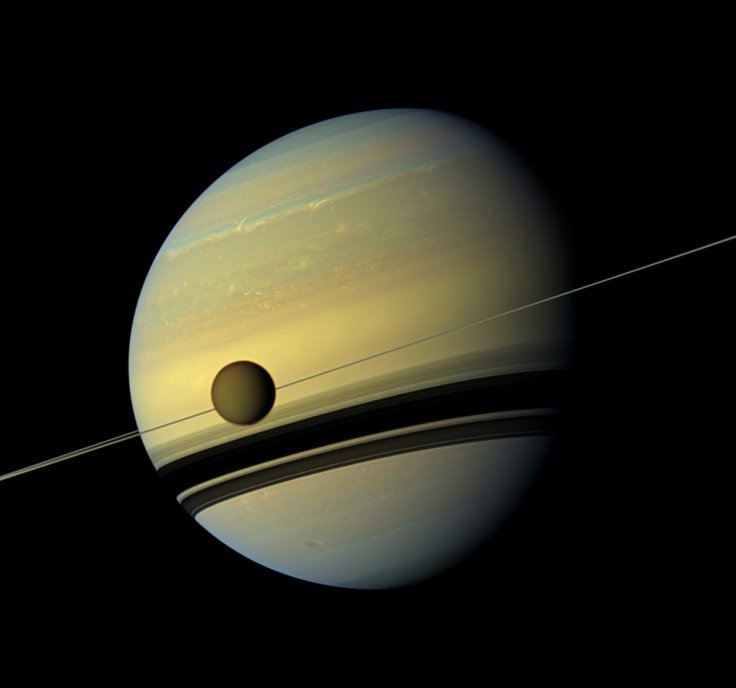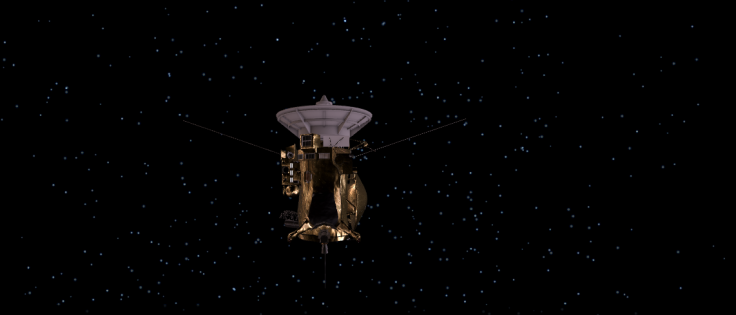Exactly 15 years ago, NASA and ESA's Huygens probe made history when it descended to the surface of Saturn's moon Titan on Jan 14, 2005 to become the first probe to successfully land on another planet. But during its descent, it started spinning the wrong way leaving scientists worried about some strnge phenomenon on the surface of the planet and it remained a mystery ever since. Now, ESA has come out with an explanation after conducting several tests.
The joint Cassini-Huygens mission, launched in 1997, arrived on Saturn's moon Titan in late 2004 and its lander Huygens lander, started descending on Titan surface on Jan. 14, 2005. Huygens' risky descent lasted for 2 hours and 27 minutes but it remained a mystery as to why Huygens spun in the 'wrong' direction during its descent.
Its orbiter Cassini was spinning actually in anti-clockwise direction at a rate of 7.5 rotations per minute when it released Huygens, and it was meant to keep Huygens stable as almost three weeks were spent coasting it down to Titan.
Descent on Titan
Initially, Huygens behaved as anticipated but during the descent, its spin rate decreased far more rapidly than expected, before reversing almost 10 minutes later to adopt a clockwise direction. "For the next 2 hours and 15 hours of descent, the magnitude of this reversed spin was similar to that expected by the researchers, meaning that the unexpected flip affected the timing of the planned observations, but did not dramatically affect their quality," said the report released by ESA now.

Huygens was equipped with 36 angled vanes that were used to control the spin but two of the probe's main appendages, the Separation Subsystem (SEPS) and the Radar Altimeter (RA) antennae, actually produced an unexpected torque opposite to that produced by the vanes, the probe found.
This effect was amplified as the vanes altered the gas flow around the descent module in a way that enhanced the amplitude of the 'negative torque' – the effect that made Huygens flip its direction of spin – until it exceeded the influence of the vanes.
Engineering mystery
Now that the mystery has been solved, it will help design of entry probes in the future. Otherwise, the lander Huygens returned the first ever measurements of Titan's atmosphere, its pressure, density and temperature from an altitude of 1400-km down to the surface.










